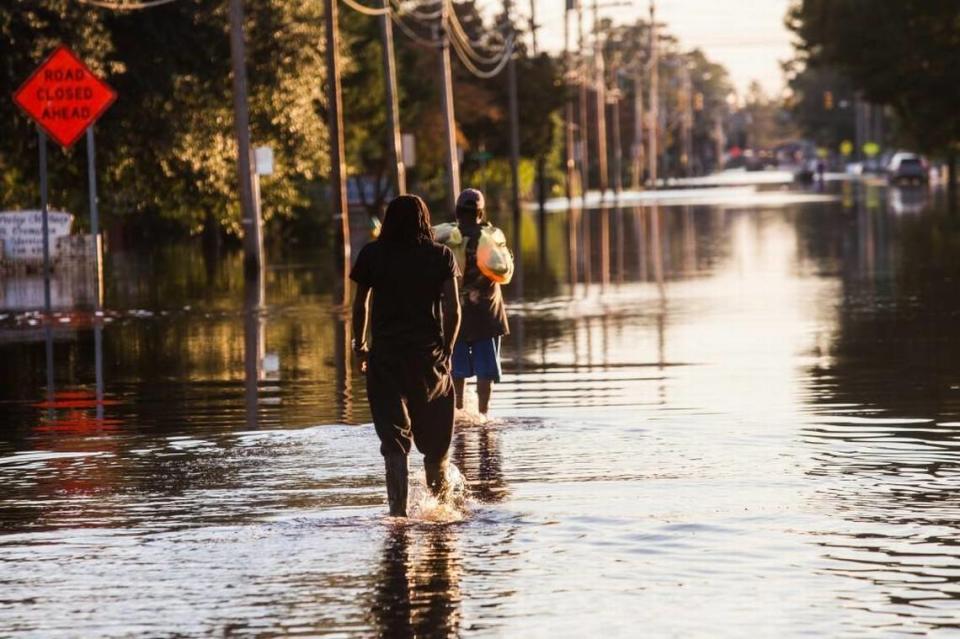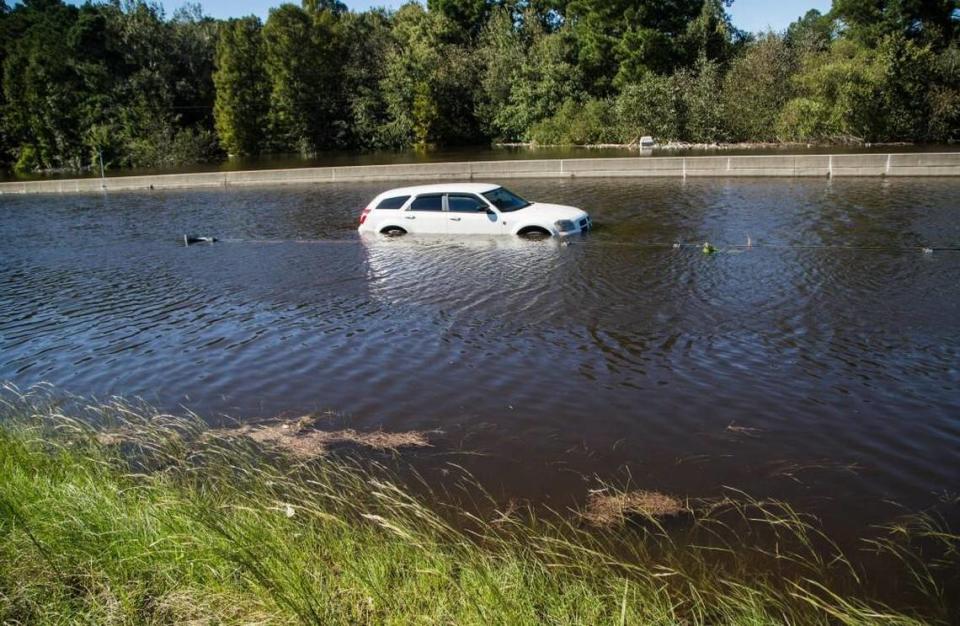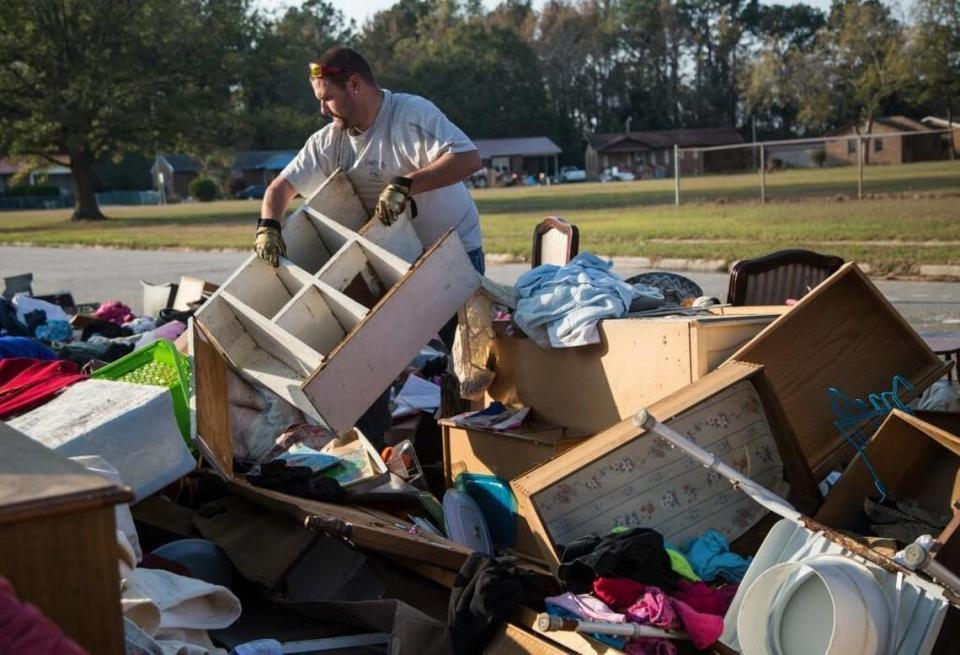Will NC get a fall hurricane this year? Here’s when Farmers’ Almanac says to be ready
It’s one thing to predict a busier-than-normal Atlantic hurricane season, as the National Oceanic and Atmospheric Administration has done this year. But the Farmers’ Almanac steps out and says precisely when a hurricane is most likely to threaten the coast.
When is NC likely to get a hurricane?
The Farmers’ Almanac, published online and in print this month, offers two upcoming windows during which it might pay to have your hurricane kit ready: Sept. 20-23, when its forecasters say the whole Atlantic seaboard might be at risk, and Oct. 8-11, of particular concern for the Southeast coast, including North Carolina.
The Almanac doesn’t divulge the details of its secret formula for weather forecasting except to say it incorporates sunspot activity, planetary positioning, the moon’s effects on tides and other measurable phenomena.

How often is the Farmers’ Almanac right?
Since it began long-range weather forecasting in 1818, the publication claims 80% to 85% accuracy. Reviewers, including researchers at the University of Illinois who compared the magazine’s predictions to historical weather, have said the Farmers’ Almanac is right about 52% of the time. Those are slightly better odds than basing a forecast on a coin toss.
What does the competition say?
The Old Farmer’s Almanac, a competing publication launched in 1792 and released each September, also does long-range weather forecasting.
On the September dates when the other almanac is calling for possible hurricanes this year, the Old Farmer’s Almanac predicts mild conditions with a mix of sun and thunderstorms. On the October dates, the Old Farmer’s Almanac calls for sunny, cool weather.

What do meteorologists say?
NOAA and Colorado State University, both of which issue annual forecasts, avoid citing specific dates during which you probably shouldn’t plan a beach trip. But compared to either of the almanacs, they are more transparent in how they build their forecasts and they both rely on more observable scientific data. Neither takes into account storms happening on the sun.
This is a tough hurricane season for meteorologists to predict, in part because they incorporate historical weather data and there aren’t good analogs for how this season has shaped up so far. Earlier this year, meteorologists expected the number and severity of Atlantic storms to be near normal. Then an El Niño developed, and those usually suppress tropical storm activity in the Atlantic.
But then the surface waters of the Atlantic heated up, reaching record temperatures for this time of year, and meteorologists said that alone could override the El Niño’s effects and produce more disturbances and hurricanes than normal.
NOAA’s current forecast calls for 14 to 21 named storms, six to 11 possible hurricanes, two to five of which would be Category 3 or higher, with winds of at least 111 mph.
Colorado State University is calling for 18 named storms and nine hurricanes, including four Category 3 or higher.

Whom should we trust?
Some of us make our June and July beach plans based on the farmers’ almanacs, because when we’re making reservations in February that’s all we have to go by.
While there is wide variability in their forecasts, the almanacs and meteorologists agree 100% on this: From June 1 to Nov. 30 there is a chance that a hurricane will spin out of the Atlantic and ram into the U.S. coast, and historically North Carolina has seen the fourth-most direct hits of any state.
▪ Be prepared, and take any hurricane threat seriously. Hurricane Ian that hit southwest Florida last September has been blamed for more than 150 deaths, many of which investigators said would have been avoided had people been ordered to evacuate earlier and had gotten out of the way before winds and high waters arrived.
▪ Don’t relax in October. While the Farmers’ Almanac’s prediction of a hurricane threat in October may sound unseasonable, October storms are not uncommon and some have been devastating. Hurricanes Matthew in October 2016 killed 25 people in North Carolina. Hurricane Michael in October 2018 came ashore in the Florida Panhandle as a Category 5 storm and caused flooding all the way to the North Carolina Outer Banks. Hurricane Hazel, a strong Category 4 storm that came ashore at the North Carolina-South Carolina line in October 1954, remains a benchmark for storm destruction in many coastal communities.
As Colorado State University meteorologists say in their 2023 forecast: “Coastal residents are reminded that it only takes one hurricane making landfall to make it an active season for them. They should prepare the same for every season, regardless of how much activity is predicted.”

